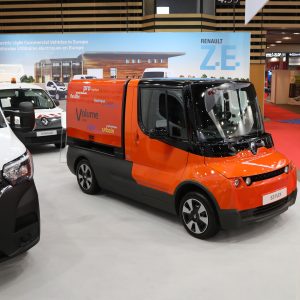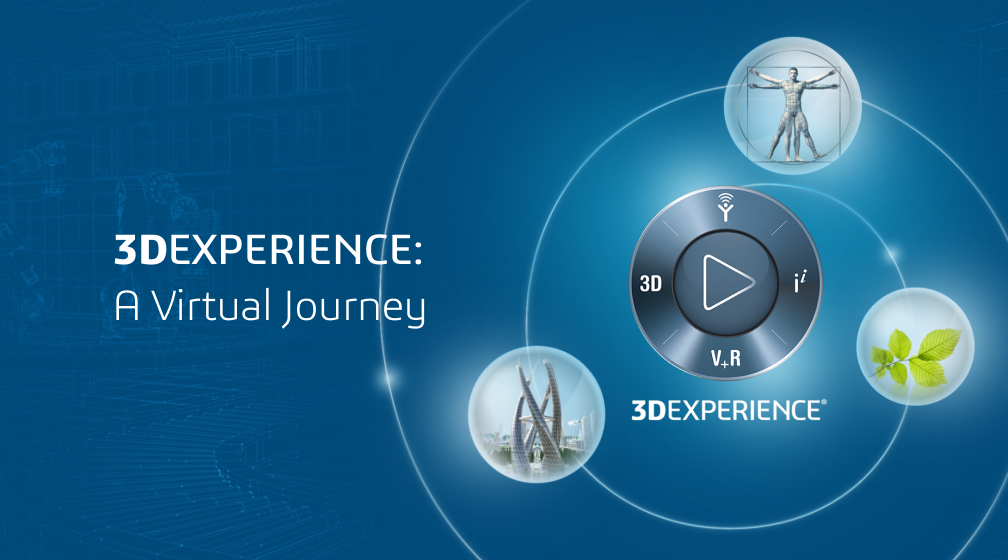
When a good is transported through its supply chain, it can move through different modes of transport and passes through various nodes in the journey. The last mile is critical.
The last mile is where the transported product or parcel travels from its last transportation node to its destination: from distribution center to your front door, fulfillment center to stockroom, warehouse to retail storefront—and many other combinations. The focus on last-mile logistics has been intensified as the criticality of the last mile is akin to getting into a canoe for the first time: many things can go wrong.
Electric vehicles are ideal for last-mile logistics. They’re quick, don’t use much energy, do use clean energy, are maneuverable, and travel distances that can make the delivery there and back without recharging.
Designing an electric vehicle is a laudable feat unto itself. Creating a digital twin of such a vehicle and monitoring its operation, in real time, adds to the fury of excitement in how technology is solving problems in a remarkable way. But then use that vehicle for last-mile logistics—the bane of delivery in an Amazon “it’ll be here tomorrow” world—and you have the confluence of technologies and a newfound face of design that can enhance human experiences across many industries.

Using an electric vehicle for last-mile logistics, however, is a bit challenging. The vehicle must be large enough, and of sufficient capacity, to accommodate the weight and volume needed to deliver cargo in the last-mile transit. But it must be small enough to maneuver in and out of traffic, make frequent stops, and be able to navigate into and out of a wide array of unloading sites: your driveway, back of the store, loading docks, industrial yards, and more.
When Groupe Renault set out to prototype an electric vehicle that can be marketed to perform last-mile logistics delivery, they began to model the vehicle in 3-D. They did this not solely to arrive at a design that could perform the task. Instead, they modeled the vehicle and simulated it and its journey so they could best understand all the dynamics of the last mile and getting parcels and products to their final destination through a myriad of challenges.
The experimental vehicle, Renault EZ-FLEX, was not just modeled for engineers to refine their design. Its modeling was used for everyone from cost analysts to external customers and suppliers who’d be on the receiving end or load-up end of such a vehicle’s journey.
This journey was able to be created, along with all the vehicle attributes, to simulate a virtual reality by creating a digital twin of the vehicle and ultimately emblazon a new practice for vehicle design: creating a mobility experience in a specific application, this case the last-mile logistics.
A New Precedent
The use of design tools ordinarily focuses on a product. They have evolved to include a product and its surrounding systems and environment. But in the case of an electric vehicle for last-mile logistics, a new precedent has been set.

Today, design tools of a 3-D experience, mapping, cloud-based tools that integrate with urban and suburban maps, simulation tools, traffic volumes, air pollution data, all may be plugged into a simulation and create a virtual reality. This process can only result in more useful products for the owners and those who work with, in, and around the product. In this case, it includes the supply chain stakeholders as well as the citizens and others in the mobility environment in which the vehicle will travel. It is a trend that adds much value to engineering design and is becoming a focus of research and development.
The MIT Megacity Logistics Lab, for example, has dedicated a research center to conduct “innovative theoretical and applied research to help companies operate better logistics for cities and governments to design better cities for logistics.”
What’s being done for Renault’s EZ-FLEX seems to be synchronous with what MIT’s Megacity Logistics Lab, and many others in logistics, are endeavoring: looking beyond a single product, but using technology (in this case an electric vehicle to provide last-mile logistics) to simulate and model how that product will operate within an environment. What’s more, it includes the interests of many stakeholders within that environment to create a win-win among them.
MIT’s Lab perhaps said it aptly: “Emerging technologies such as autonomous vehicles, drones, 3-D printing, or the Internet-of-Things may disrupt urban last-mile logistics in the near future. We strive to determine the optimal integration of such technologies in the design, planning, and operation of urban distribution systems and study their impact on urban logistics performance.”
Designing electric vehicles to work within new logistical ecosystems is just one example of many that demonstrates how modeling is being used for all interests in today’s complex supply chains, right down to the last mile.
Editor’s Note: Interested in learning more about last mile delivery? Join Dassault Systèmes for 3DEXPERIENCE: A Virtual Journey, launching via live-stream on July 29th at 1:00 PM Eastern Time. 3DEXPERIENCE: A Virtual Journey will deliver thought-provoking and actionable content presented by a powerful line-up of industry influencers, customers and Dassault Systèmes experts.
The session called Optimizing Last Mile Delivery in Times of Disruption drops on July 29th as part of the Planning and Optimization breakout. Register now.

